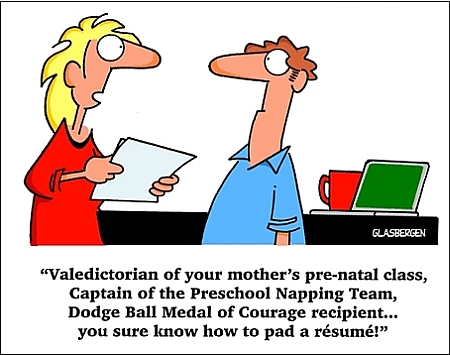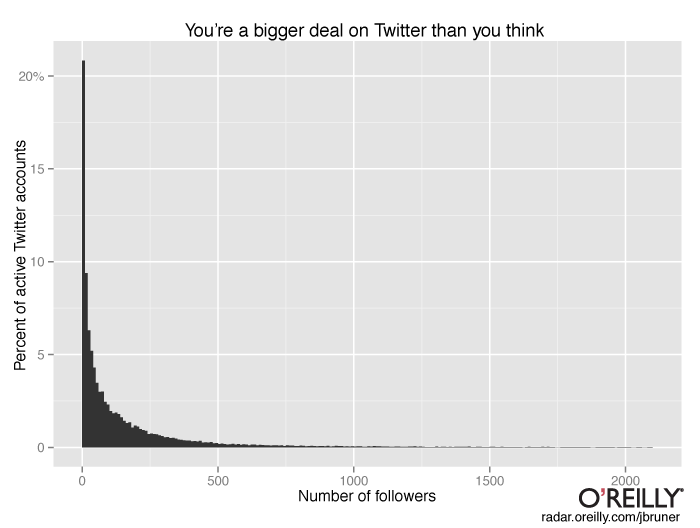I am the object of people power at Change.org (all four of them)
Change.org put up a petition announcing I was personally legally responsible (news to me) for the damages and death caused by our decision to fluoridate our water. My response to the masses of four people* who've signed so far:
Thank you for caring about the quality of the public's water. This water is monitored and tested to a far greater extent than, for instance, bottled water, and is much safer as a result.
I have spent a great deal of time examining the health issues regarding fluoride. My conclusion is that I should not make my own conclusion, as there is too much conflicting information for me as a non-expert to make an adequate conclusion. Instead I look to see if there is a scientific consensus on this issue (and not just this issue but also climate change, evolution, or engineering issues). I think the scientific consensus is that water fluoridation does help prevent caries, and the prevention of caries can also prevent serious health complications from tooth decay. It also seems especially helpful for economically disadvantaged children. I do not think there is a scientific consensus that fluoride is harmless. At the present time, the risk from fluoride is only a potential risk, while the harm from not fluoridating is proven. In my opinion, that justifies fluoridation.
If you think the consensus is wrong, I suggest that you work to change the consensus.
I have written extensively on this at the links below:
http://rabett.blogspot.com/search?q=fluoride&max-results=20&by-date=true
http://backseatdriving.blogspot.com/2011/04/dupont-and-ozone-exxon-and-climate.html
http://backseatdriving.blogspot.com/2011/03/fluoridating-water-or-funny-thing.html
Finally, the petition severely overstates its arguments in several respects. Let's choose just one section:
"According to the National Research Council (NRC) and the 2012 Harvard University comprehensive review of the studies, fluoride in drinking water, even at low levels, damages the brain and significantly reduces intelligence. Animal studies conducted in the 1990s by EPA scientists found dementia-like effects at the same concentration (1 ppm) used to “fluoridate” water...."
That "Harvard" study, which I've read, was a study by several researchers affiliated with Harvard. I've no doubt you'll find other "Harvard" studies that support fluoridation. It also neglects the 2010 Health Canada analysis (a true consensus document, unlike the Harvard researchers) that found that most of the same Chinese studies used by the Harvard study were too unreliable and too poor quality to rely upon. The 2006 NRC report, which I've also read, reached the same conclusion that more research was needed. The petition's overstatement doesn't assist its goal.
I'm sorry I'm not in agreement with you. I do think certain issues like vulnerable individuals (guardians of infants reliant on milk formula, maybe others) could use separate education about the issues they face and possible advice to use other water sources. Meanwhile I will rely upon the consensus position, if one exists and as it changes over time. I urge you to go change it if you think that is that is the right approach.
*Not denigrating them at all, I'm glad they're involved, and I'm just recognizing that I swim in a small pond.






















